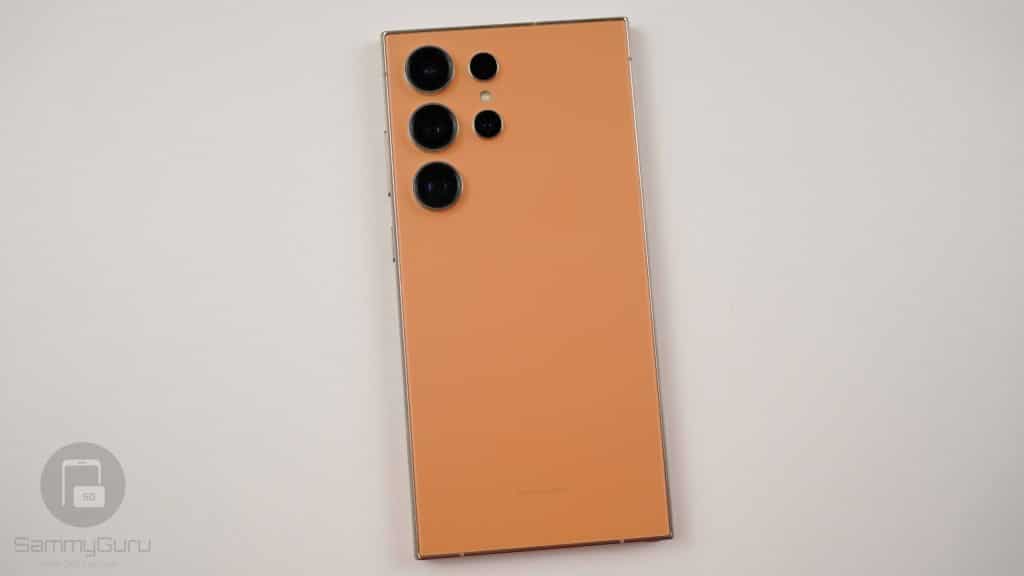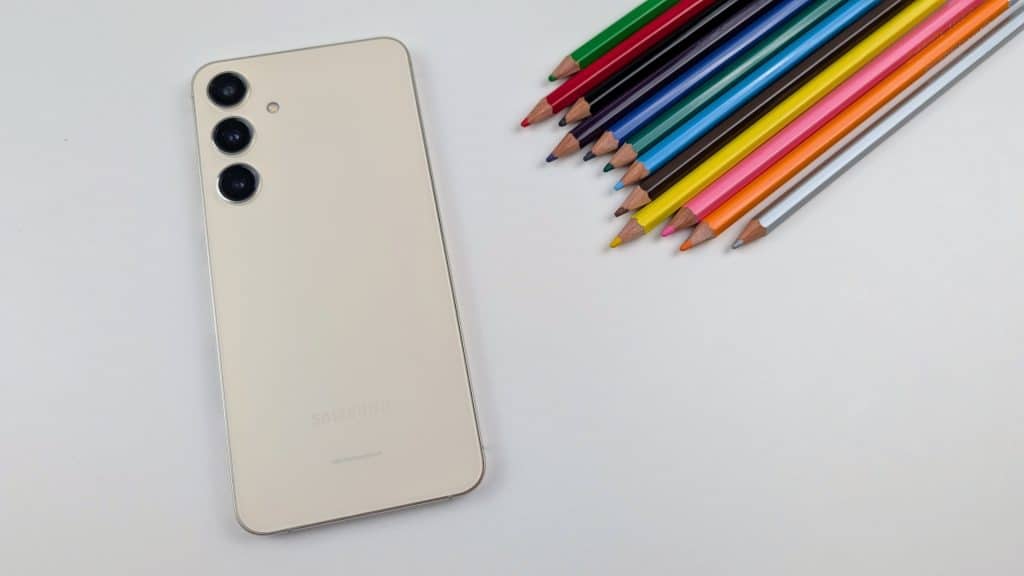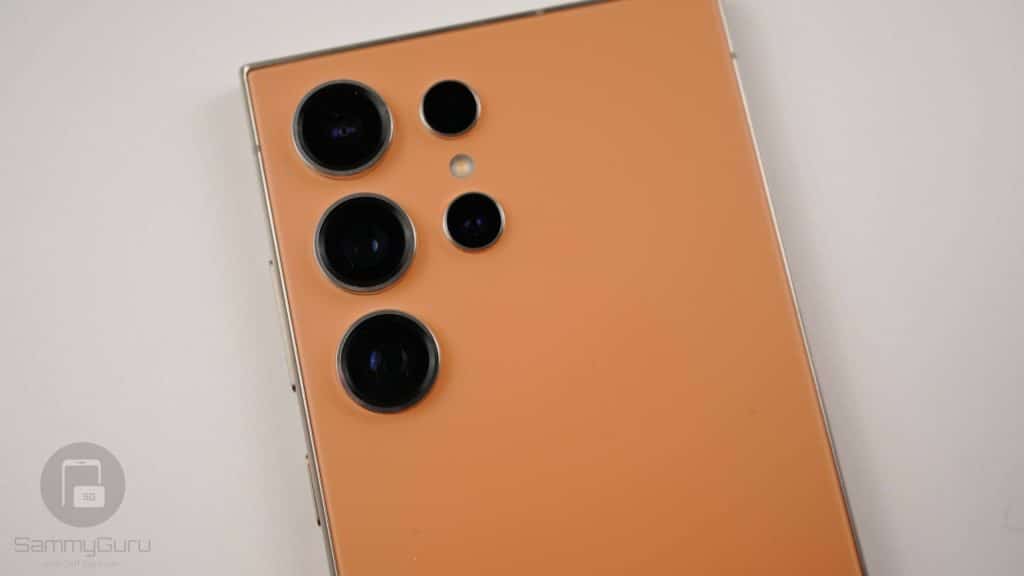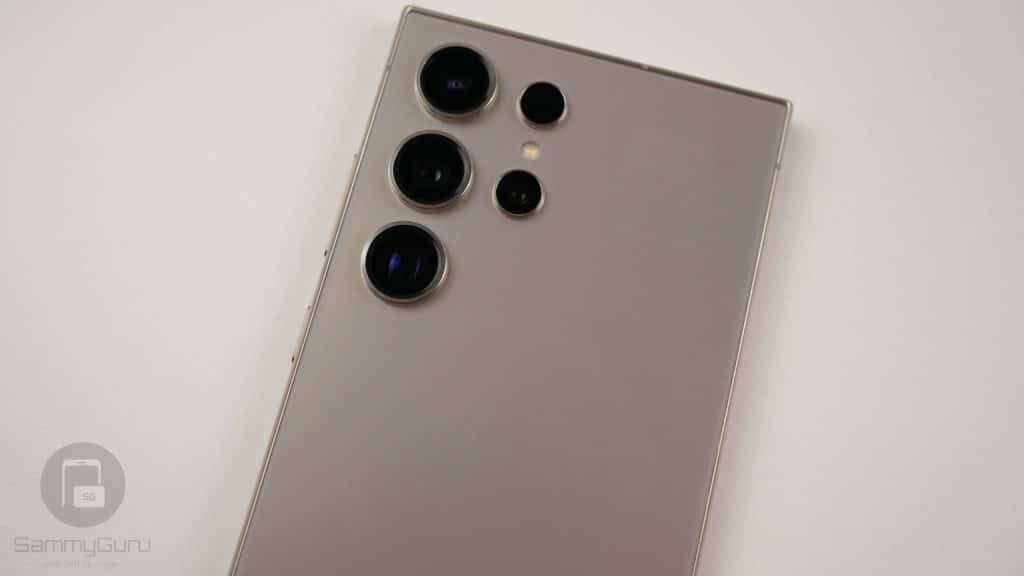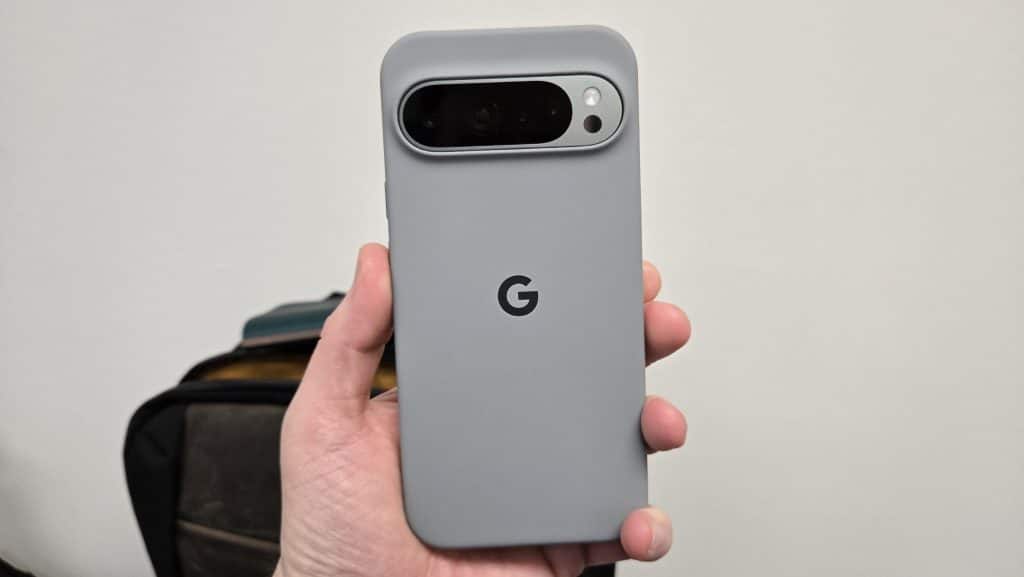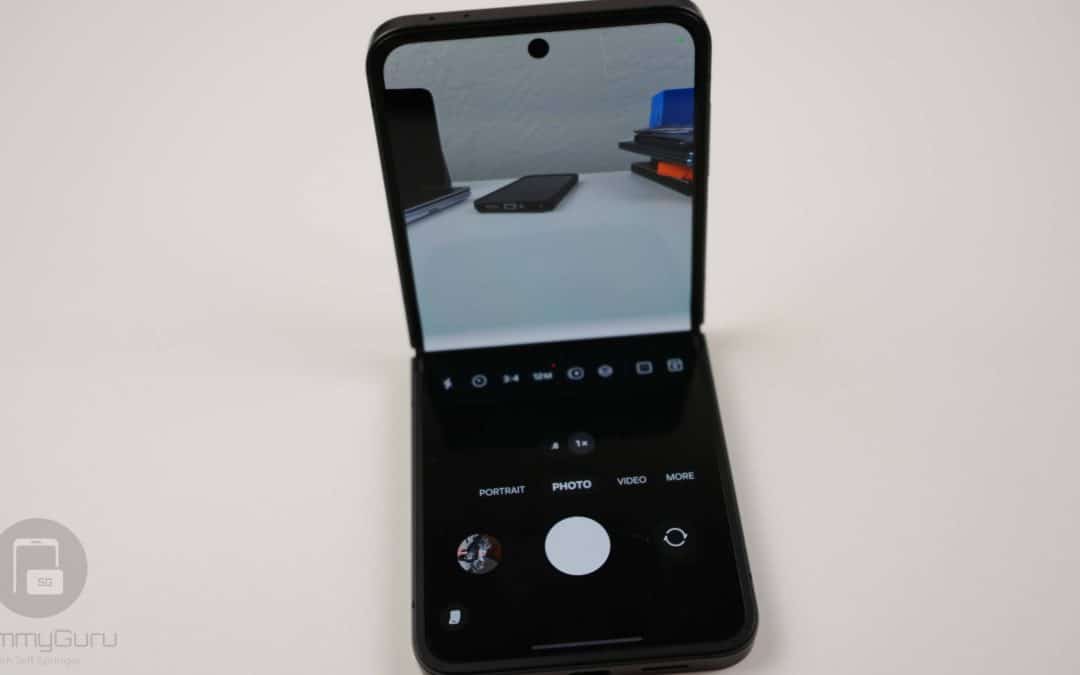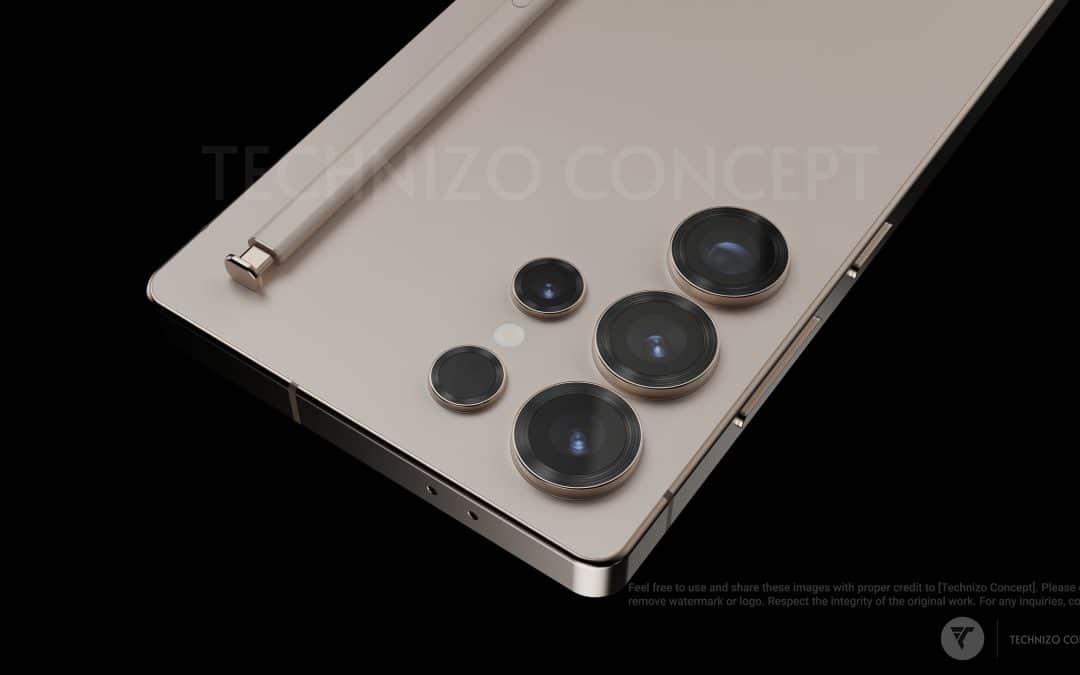The Galaxy S24 series is Samsung’s latest flagship offering. It’s packed with powerful features and comes in a range of options for different types of users. Whether you’re eyeing the standard Galaxy S24, the larger S24+, or the line-topper Galaxy S24 Ultra, the devices bring something unique to the table. Each model offers a distinct combination of performance, camera capabilities, display technology, and battery life, catering to a variety of needs and budgets.
In this comprehensive guide, we’ll walk you through everything you need to know about the Galaxy S24 series. We’ll compare the specs and features of each model, explore their best-use cases, and consider which model may be right for you based on your lifestyle, whether you’re a photography enthusiast, a productivity powerhouse, or simply want a high-quality everyday smartphone. We’ll also cover key details on pricing, availability, and exclusive features unique to Samsung’s latest Galaxy lineup.
Let’s dive in and find out which Galaxy S24 model fits your needs, so you can make a confident purchase and get the most out of Samsung’s cutting-edge tech.
Table of contents
- The Galaxy S24 lineup
- Specs and features
- Should you buy a Galaxy S24?
- How to buy?
- What alternatives can you consider?
- What’s next for Samsung flagships?
The Galaxy S24 lineup
Samsung’s Galaxy S24 lineup consists of three models. The base Galaxy S24 is a compact flagship that is ideal for those who prefer smaller phones. The Galaxy S24+ is essentially its bigger version, though it offers a few extras. Alongside a larger display and battery, you get faster charging, higher display resolution, UWB (Ultra Wideband) support, and more RAM on the base variant. The Galaxy S24 Ultra, meanwhile, is in a league of its own. It adds S Pen support, better cameras, and a lot more.
The smallest Galaxy S24 starts at $800, while the Plus costs $1,000 for its base variant. For the Ultra, you must shell out at least $1,300. Of course, you may be able to score some deals and bring the price down, but these are the original retail prices. The price gap is notable, and there’s a reason for it. The additional dollars you spend on the Plus and Ultra offer plenty of value depending on your needs. For example, if you want the best cameras, the Galaxy S24 Ultra becomes your default choice.
That’s just one of the advantages of getting the Galaxy S24 Ultra. Let’s check out the key specs and features for all three models and find out what they are made of. This should help you reach a more informed decision.
Specs and features
Samsung ships the Galaxy S24 trio with Qualcomm’s Snapdragon 8 Gen 3 processor (its in-house Exynos 2400 in the Galaxy S24 and S24+ in some markets outside the US). The chipset is paired with LPPDR5X RAM and UFS 4.0 storage (UFS 3.1 in the 128GB Galaxy S24). The build quality is consistent across the lineup, with Samsung offering IP68 dust and water resistance. The Ultra’s titanium frame holds a slight edge over the other two’s aluminum body, though.
The display quality is also the same across all three Galaxy S24 models. The phones boast an LTPO AMOLED 2X panel with up to 120Hz variable refresh rate, HDR10+ support, and 2600 nits of peak brightness. The Ultra has a 6.8-inch display, Plus has a 6.7-inch display, and the base model has a 6.2-inch display with the same specs. However, the latter model misses out on a QHD+ (1440p) resolution. It tops out at FHD+ (1080p). And of course, the Ultra offers S Pen support.
Coming to the cameras, the Galaxy S24 Ultra is the star of the show with its 200MP main camera paired with a 50MP 5x zoom camera, 10MP 3x zoom camera, 12MP ultrawide lens, and 12MP selfie shooter. The Galaxy S24 and S24+ share the ultrawide lens, 3x zoom camera, and the selfie camera with the Ultra. However, they get a 50MP main camera and lack a second zoom lens. All three phones can record 8K/30fps videos with the rear camera and 4K/60fps videos with the front camera.
Other highlights
The Galaxy S24 lineup also boasts AKG-tuned stereo speakers, an ultrasonic under-display fingerprint scanner, NFC, Bluetooth v5.3, USB Type-C 3.2, and DisplayPort 1.2. The Plus and Ultra have Ultra Wideband (UWB) while the based model doesn’t. Additionally, the Galaxy S24 Ultra offers Wi-Fi 7 while the other two models top out at Wi-Fi 6E. All three models support Samsung DeX and Samsung Wireless DeX.
Samsung ships the Galaxy S24 trio with Android 14-based One UI 6.1. They support a host of Galaxy AI features, including live call translation, voice transcription, notes management and summary, generative photo editing, and more. The One UI 6.1.1 update adds Sketch to Image and a few other tools. The phones are eligible for seven years of Android OS and security updates, so they will continue to pick up new AI features in the coming years.
Should you buy a Galaxy S24?
Deciding whether to buy a Galaxy S24 involves weighing several factors. The Galaxy S24 lineup offers a lot, with solid performance and features across models, but each device also has its own strengths and potential drawbacks. Consider what matters most to you: Are you looking for the top-tier camera capabilities of the Ultra, a balanced experience with the S24+, or a compact, versatile phone like the base S24?
Evaluating your priorities, budget, and any potential price drops as new models arrive can help guide you to the right choice. As we have explained toward the end of this article, Samsung is preparing to launch the Galaxy S25 series in early 2025. That’s something to keep in mind at this point, as the new flagships are just about two months away. But if you have already made up your mind, let’s check out the prices for all three Galaxy S24 models.
Pricing structure
The base Galaxy S24 ships with 8GB RAM and 128GB storage and costs $800 in the US. The 8GB+256GB variant costs $860. The Plus model is available in 12GB+256GB and 12GB+512GB configurations, priced at $1,000 and $1,120, respectively. The Galaxy S24 Ultra’s base variant comes with 12GB RAM and 256GB storage and costs $1,300. The 512GB variant costs $1,420 and the 1TB variant costs $1,660.
As said earlier, these are the official prices at launch. Samsung frequently offers discounts and runs other promotions, dropping the phones to lower prices. Make sure to explore the latest deals before buying. You’ll find more information on your buying options below. Note that Samsung’s deals vary from time to time, affecting the Galaxy S24’s prices. This article was last updated on November 8, 2024, and reflects the most accurate information at the time of writing.
How to buy?
Samsung’s flagship smartphones are available widely across offline and online retail channels. These include Amazon, Best Buy, and the company’s own online store. Of course, you can also find the phones in carrier stores if you prefer to buy a locked unit. However, there’s a special perk of buying Galaxy flagships from Samsung’s online shop. The company offers exclusive colors not available anywhere else, not even in its offline stores.
The Galaxy S24 Ultra comes in Titanium Violet, Titanium Yellow, Titanium Black, and Titanium Gray options globally. But if you purchase through Samsung Shop (app or website), you can also pick a Titanium Orange, Titanium Blue, or Titanium Green shade. The latter three colorways do not exist on other platforms. The same goes for the Galaxy S24 and S24+. Their standard colors are Onyx Black, marble Gray, Cobalt Violet, and Amber Yellow. Their Samsung Shop-exclusive colors are Jade Green, Sapphire Blue, and Sandstone Orange.
We have already discussed the pricing options above, so if you are ready, hit the links below to buy the Galaxy S24 model of your choice. We have also provided links to a few non-Samsung online stores. If you want to check out some alternatives, we have listed a handful of those below.
Galaxy S24
Galaxy S24+
Galaxy S24 Ultra
What alternatives can you consider?
The Galaxy S24, S24+, and S24 Ultra offer a lineup designed to cater to a wide range of needs and preferences. The Galaxy S24 provides a solid entry with all essential features in a compact size, while the S24+ adds a larger display and battery for those wanting more screen real estate. The Galaxy S24 Ultra packs top-of-the-line specs, including advanced camera technology, expanded storage options, and enhanced processing power. This trio offers something for everyone, from casual users to power enthusiasts. However, if you want to look at the competition, there are a few options you can consider.
Pixel 9 Pro XL
The Pixel 9 pro-XL is arguably the pick of the lot. It offers a cleaner Android experience with AI built-in. The phone has a fantastic camera setup complemented perfectly by Google’s powerful software algorithm. You get solid build quality and an excellent display. If anything, it is let down by the Tensor G4 processor and UFS 3.1 storage. At $1,100, the Pixel is a whole $200 cheaper, but that’s for the 128GB variant. For 256 gigs of storage, you have to shell out $1,200.
Galaxy S23 Ultra
It might be a generation older, but the Galaxy S23 Ultra can still hold its own against the S24 Ultra. Its Snapdragon 8 Gen 2 processor is fairly capable, while the camera hardware is equally good. Everything from the display and S Pen to software experience and battery life is comparable. The only major downside of the 2023 model is that it will receive only four major Android OS updates against the S24 Ultra’s seven years of update support. If you upgrade phones every 2-3 years, you cannot go wrong with the S23 Ultra.
iPhone 16 Pro Max
If you want to stick to the Android ecosystem, you can skip this. Otherwise, the iPhone 16 Pro Max is easily one of the best top-tier flagships out there. The device offers industry-leading cameras, display, and software experience (not if you like Android’s customizability). Apple Intelligence isn’t at the same level as Galaxy AI just yet, but we are sure Apple will catch up at some point. That said, no point in getting an iPhone if you already use other Galaxy or Android-powered devices.
OnePlus 12
The OnePlus 12 is another amazing phone you can buy over the Galaxy S24 Ultra. It may not be at the same level in software experience and update support (only four major Android OS updates), but you get faster charging (100W) and excellent performance. Its entry price of $800 is hard to overlook but OnePlus has cut costs with an IP65 rating and optical under-display fingerprint scanner. The camera performance is probably its biggest shortcoming, but if you are tight on budget, the OnePlus 12 is a decent flagship.
Alternatives for the Galaxy S24 and S24+
If you want smaller phones, your alternatives to the Galaxy S24 and S24+ include the smaller version of the above-listed models. You can pick from the Pixel 9, Pixel 9 Pro, iPhone 16, iPhone 16 Pro, iPhone 16 Plus, Galaxy S23, and Galaxy S23+. All of these devices are quite capable today.
What’s next for Samsung flagships?
Samsung is nearing the launch of its Galaxy S25 series. The new flagships will arrive in early 2025, once again comprising three models. Based on leaks, we are in for a handful of key upgrades, including a camera upgrade for the Ultra. The other two models might also get a new, 50MP ultrawide camera, but it isn’t confirmed yet.
However, the biggest upgrade might come from Qualcomm. The Snapdragon 8 Elite is expected to power the Galaxy S25, Galaxy S25+, and Galaxy S25 Ultra globally. It is shaping up to be the most advanced mobile processor yet, outperforming Apple’s latest A18 Pro. Early benchmarks suggest a huge leap in performance, with Qualcomm promising groundbreaking AI and camera improvements.
The upgrades might come at a cost, though. Rumors suggest the Galaxy S25 phones will be costlier than the S24. If you’re not in a rush to upgrade, it might be worth waiting. When the S25 launches, Samsung is likely to reduce Galaxy S24 prices, letting you choose between a discounted S24 or exploring the S25 to see if it justifies the premium. This way, you’ll have more flexibility in finding a Galaxy model that fits your budget and needs. You can read the articles below to learn more about the upcoming Samsung flagships.

